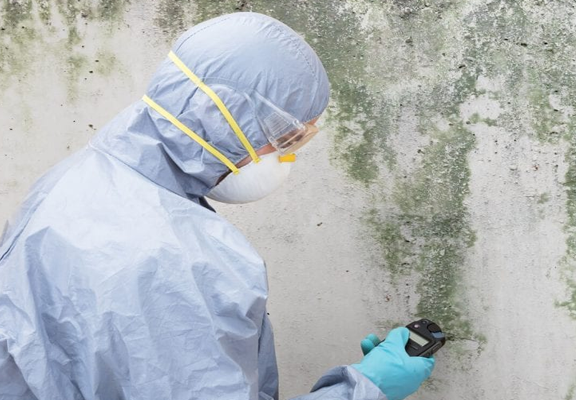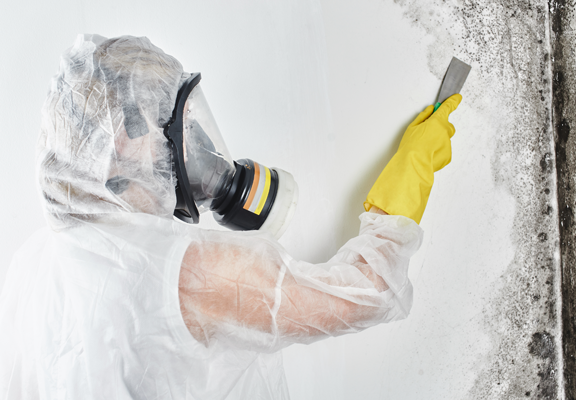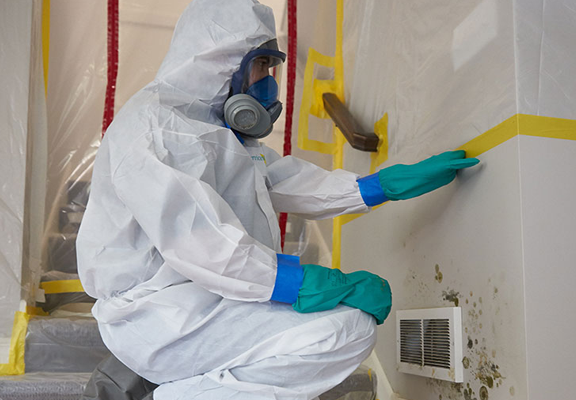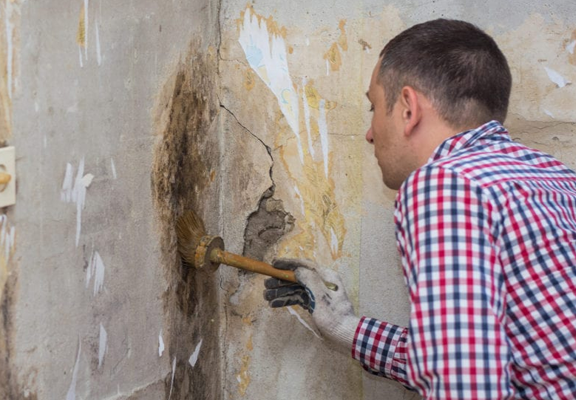Removing mold from your home or business is essential for your health and safety. Our IICRC certified technicians will thoroughly inspect your home or building. If mold damage is present, our technician will work closely with you, and a certified indoor air quality professional to develop an immediate and efficient plan of action to remove the mold and identify the source of moisture causing the mold damage. After work is complete, the building will undergo testing. Once your home or building has passed clearance testing, you will be provided a copy of the test results for your records.
What should I expect from a true mold removal professional?
Any mold professional should be able to explain your mold removal project in plain English. If a contractor is unable to explain the basic processes and steps of mold remediation and mold removal in layman’s terms, be very wary! If someone tries to complicate and confuse you about the process and scare you into hiring them, walk away and say, “Thanks, but no thanks.”
Once in the home, here’s what to expect from a professional worth their salt:
- Proper safety gear should be worn when dealing with mold. A high quality, high filtration face mask is a must, as are vinyl or neoprene gloves. A full protective suit is recommended when using harsh chemicals and for larger mold remediation projects.
- Mold professionals seal off the work area, often using plastic sheeting, so that mold spores do not become dispersed throughout the home.
- Mold professionals use expensive, professional equipment such as HEPA air scrubbers, HEPA vacuums, commercial-strength dehumidifiers, etc. Regular handymen won’t have that stuff.
- After the mold is physically removed from its source, the air should be cleaned of airborne mold spores using HEPA (High-Efficiency Particulate Air) air scrubbers and air exchange (i.e. replacing dirty moldy air with clean fresh air through simple ventilation or more sophisticated negative air controls for bigger jobs)
- When vacuuming and using air scrubbers for mold remediation, the filters used should be HEPA (High-Efficiency Particulate Air). Only HEPA filters are designed to capture particles as small as mold spores. Regular filters will not work and could make the problem worse.
- Mold professionals usually discard moldy porous building materials such as drywall, insulation, and baseboards. These materials are relatively inexpensive to replace and difficult to impossible to restore to their previous uncontaminated condition.
- Mold professionals will use an antimicrobial chemical to clean any remaining mold and mold stains after the demo.
- Mold professionals often use a sealer or encapsulant to make the treated areas more resistant to water damage and mold, and also to help with odor control.
Mold may seem like a slow-moving enemy, but in reality, it can spread throughout a space in a matter of days. Call our us at the first sign of dark-colored, fuzzy spores. We’ll eliminate the fungus and sanitize the area to ensure it doesn’t come back.




